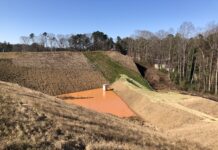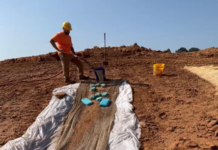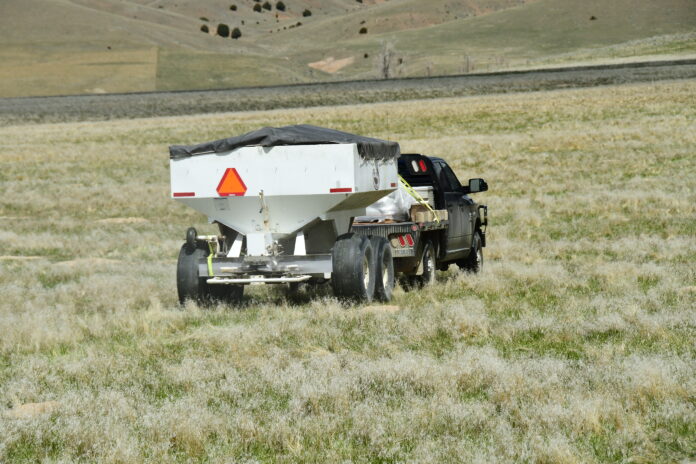
Soil forms over great periods of time under the influence of parent material, climate, topography and biology. The biological component is comprised of a vast number of soil organisms and responsible for mobilizing and sharing nutrients, degrading organic residues and fueling carbon exchange at the root interface. Much of North America was partially glaciated or ice-covered 15,000 to 50,000 years ago which led to soil development after the ice receded. The grassland soil inherited from millennia of edaphic processes is the geologic legacy of microbially degraded mineral matter and cycling of carbon and nitrogen.
As companion grassland plant communities developed, they reflected the novel chemistry of unique parent material and slow weathering. With the conversion of native prairie to cropping systems, endemic nutrient cycling was replaced by annual fertilization programs to maximize crop yield and petrochemical-derived herbicides to control invasive plants. Weeds also thrive on disturbed sites and on reclamation projects where nutrient cycling is disrupted to favor invasive plants.
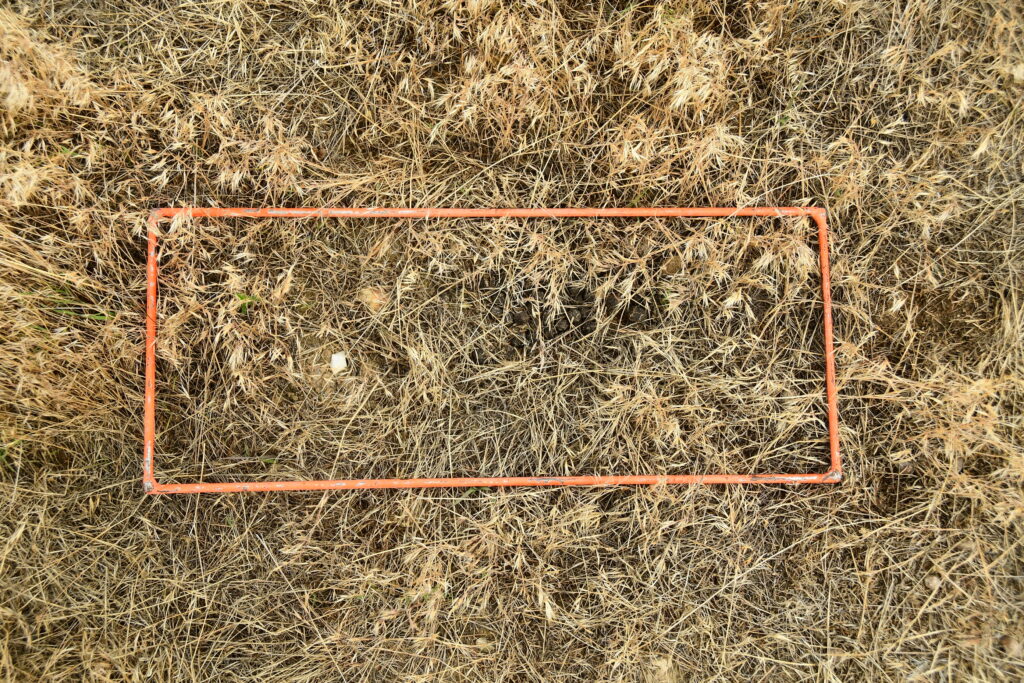
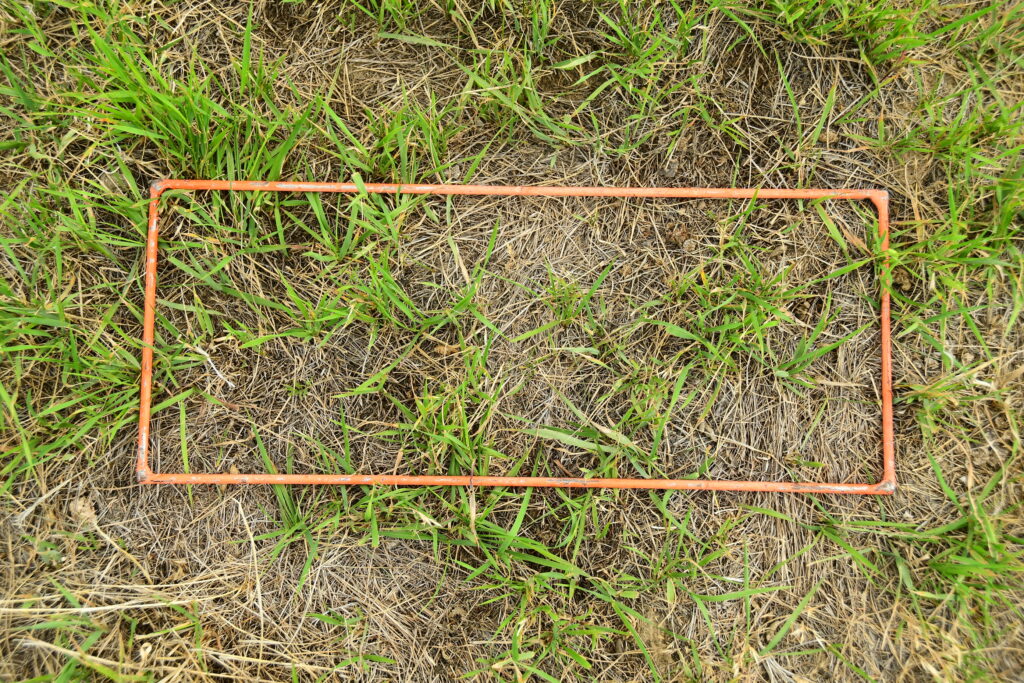
Every plant species has unique nutritional requirements, sometimes narrow, sometimes broad. Cropping systems are dominated today by specialty plants bred and engineered for maximum productivity and their growth is accelerated by high application rates of macronutrients nitrogen, phosphorous and potassium. These introduced species and their plant-soil systems are vastly different from both the diverse plant communities and complex soil chemistry that preceded them where native plants were in relative equilibrium with climatic conditions and mineral soil weathering. At construction sites and reclamation projects we aspire to restore these same natural processes where low maintenance perennial and dominantly native plant communities are in geochemical and biological equilibrium with growth media that may be appreciably different to the pre-disturbance site.
Unfortunately, site disturbance may inadvertently create soil nutrient levels suitable for persistent weed growth rather than seeded species. Late successional perennial grass species are common to revegetation seed mixes and thrive in high quality and nutrient-rich soil rarely available at construction sites. The practice of seeding late successional desirable species into soils not suited to their development often results in poor germination and poor growth while invasive plants become established instead. Inadvertently, we may construct soils suitable to the weeds and not the seeded species, resulting in herbicidal treatment of weeds post-construction that may be both costly and ineffective.
Weed seeds are adapted to germination in many disturbed environments and particularly in low fertility growth media such as subsoil. Practitioners are aware that good quality soil resources are key to seeded species establishment and avoidance of invasive plant pressures, however high-quality soil may be lacking at construction sites leading to use of alternative growth media that may be biogeochemically dissimilar to the pre-disturbance soil and/or what is needed for late successional species. Steep slopes and other factors contribute to the difficulty of soil replacement. Soil may also be locally thin or not salvageable, or good quality soil may degrade after stockpiling and replacement.
Weeds may provide some soil stabilization, but commonly are disallowed under permitting requirements and especially if they are state-listed noxious weeds. Weeds such as cheatgrass may also worsen vegetation flammability leading to more perilous fire hazard. In soil with low organic matter and low micronutrient levels weeds may be very persistent and seeded species likely present only at low levels.
Ironically, many of the nutrients necessary for plant growth are present in the soil as geologic mineral matter but are unavailable to plants because they must be mobilized (e.g. dissolved) through biological processes resulting from organic acid dissolution of the mineral soil. Absent adequate organic matter, macronutrients and micronutrients may be lacking due to reduced biological activity. Nitrogen is the primary nutrient required by plants yet is the only nutrient that comes from biological activity and not from the mineral soil. Nutrients such as phosphorous, potassium, sulfur, calcium, magnesium, iron, copper, zinc, boron, molybdenum, manganese and chlorine all come from the mineral soil and are made available by microbial mobilization.

What harm could result from low levels of mineral nutrients found only at trace levels in soil anyway? Weeds. And to make matters worse, these invasive plants may be present for long periods of time as self-perpetuating plant cover.
Research has shown that fertilization with micronutrient dominated fertilizer products such as NutraFix® can result in a dramatic increase in perennial native grass cover in weed-prone sites. Two examples are presented, one from Montana (Figures 1, 2, 3, 4) at a rangeland site used for livestock grazing and the other from a mineland reclamation site in Colorado (Figure 5).
In both cases, cheatgrass was the dominant invasive plant either in the existing pasture (rangeland site) or immediately adjacent to the project (mine reclamation site). The rangeland site was dominated by cheatgrass (Downy brome) and had been for many years. A map of the ranch identifies the site as a “cheatgrass pasture” with low grazing value. Changing the soil fertility regime to a more micronutrient-rich condition shifted the plant community composition from annual grass dominated to perennial grass dominated without seeding.
In the Colorado example mine reclamation activities resulted in extensive regrading on a steep slope. The reclamation plan employed native grass seeding, micronutrient fertilization and BMP installation. Of particular concern was the prevalence of weeds and weed seed on the site prior to regrading and immediately adjacent to the project.

The effects of fertilization on the ranchland example and conversion to perennial vegetation dominated pasture have endured five growing seasons after a one-time application while the mine reclamation project is in its third growing season following seeding. The ranchland site was approximately 20 acres (8.1 ha) while the mineland reclamation site was 3 acres (1.2 ha). In both cases the change in soil chemistry driven by micronutrient fertilizer addition resulted in dominance of the seeded species rather than weeds.
Invasive plants are a prevalent and seemingly unavoidable part of revegetation projects that may have a major effect on successful project outcomes including erosion. Designing soil micronutrient fertility to promote seeded species growth is a novel and powerful strategy in improving revegetation and avoiding project maintenance. Improved soil health through creation of nutrient-dense soil suited to the seeded species is a compelling strategy for outcompeting weedy invaders under improved fertility conditions designed to mimic late successional grasslands.

About the Expert
Stuart Jennings has a Master of Science degree in land rehabilitation and more than 30 years of experience in disturbed land reclamation. He is the founder of start-up company Edaphix, which is committed to developing soil health-based methods of reducing or eliminating invasive plants at reclamation sites, on rangelands and in turfgrass.




